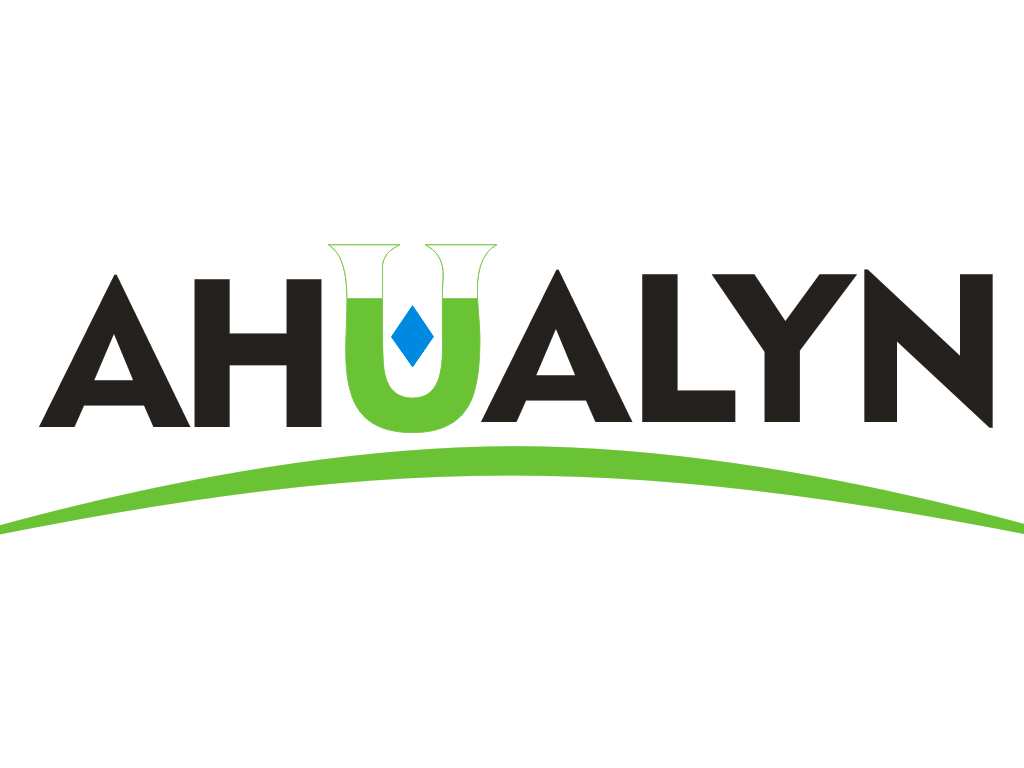
Privacy statement: Your privacy is very important to Us. Our company promises not to disclose your personal information to any external company with out your explicit permission.
2022-05-27
Hyperpigmentation refers to the condition in which the localized skin color is darker than the surrounding normal skin color caused by the accumulation of melanin. In daily life, people will have different names for pigmentation, such as sunburn, freckles, acne marks, etc. These are pigmentation. Although there are many reasons for hyperpigmentation, for example, acne marks are post-inflammatory hyperpigmentation, which is caused by skin inflammation. So besides skin inflammation, what other reasons can cause hyperpigmentation?
1. Hormones, such as melanocyte estrogen (MSH), adrenocorticotropic hormone (ACTH)
2. Systemic and local inflammation (acne, eczema, etc.)
3. Exogenous environmental factors (ultraviolet rays)
Ingredients that improve skin pigmentation
1. Hydroquinone
Hydroquinone is widely used in cosmetics and over-the-counter drugs, and is also considered to be one of the most effective melanin production inhibitors. It can reduce the activity of tyrosinase by 90%, and by regulating the synthesis of DNA and RNA, Reversible inhibition of cellular metabolism. Reversibility means that after discontinuation, cellular metabolism will return to its original level. Tyrosine hydroquinone is somewhat cytotoxic and is not limited to melanocytes. However, higher doses are required to cause damage to non-melanocytes. In order to ensure safe and effective use, it is recommended to use hydroquinone alternately with another whitening ingredient in a cycle of 3-4 months. The common adverse reaction is contact dermatitis, although the proportion is not high, but if you find that hydroquinone causes contact dermatitis, please stop using it and try other whitening ingredients.
2. Kojic Acid
Kojic acid inhibits tyrosinase activity and acts as an antioxidant, preventing the conversion of o-benzoquinone to dopa and dopamine, thereby reducing melanin production. After the use of kojic acid, the melanocytes became non-dendritic (non-dendritic structure can reduce the transport of melanin), and the content of melanin decreased. The blended formula with hydroquinone enhances the whitening effect.
3. Azelaic acid
Azelaic acid can inhibit mitochondrial oxidoreductase activity and DNA synthesis, as well as reversibly inhibit tyrosinase activity. Its freckle removal function is highly targeted, mainly inhibits highly active melanocytes, and has little effect on normal Pigment cells. Also effective for melasma and rosacea. Overall, it is safe to use, suitable for long-term use, and can also be used during pregnancy. The main adverse reactions included tingling, rash, peeling and itching, which subsided after 2-4 weeks of use.
4. Glycolic acid
Glycolic acid is extracted from sugar cane and is an alpha hydroxy acid. At low concentrations, glycolic acid can loosen the epidermis and accelerate the cell cycle, thereby accelerating the exfoliation of pigmented keratinocytes to achieve a whitening effect. At high concentrations, epidermolysis is induced. In addition, after the stratum corneum is peeled off, the absorption of other whitening ingredients can be increased, so the whitening effect of the combined formula of hydroquinone and glycolic acid is better than that of single use.
5. Glabridin and Licorice Extract
Licorice extract is a commonly used ingredient in skin care products, and licorice is the main ingredient extracted from the root of licorice, which can inhibit the activity of tyrosinase. In addition, licorice extract has certain anti-inflammatory and antioxidant effects, which are used to relieve rosacea. It is important to note that these are primarily empirically based applications with some preclinical and in vitro data, not confirmed by any clinical trials.
6. Arbutin
Derivatives of hydroquinone, which have the same function as hydroquinone, can inhibit the oxidation reaction of levodopa and tyrosinase activity in melanosomes. Similar to the relationship between A alcohol and A acid, although arbutin is not as effective as hydroquinone, it is far less irritating than hydroquinone.
7. Niacinamide
Vitamin B3, the principle is to reduce the transport of melanosomes to keratinocytes. The concentration of nicotinamide used in clinical trials is 4%-5%. 4% niacinamide and hydroquinone, twice daily for 8 weeks, had similar improvement in pigmentation.
8. Vitamin C Magnesium Phosphate (MAP)
MAP is a stable derivative of vitamin C, and 10% MAP cream can effectively inhibit melanin synthesis. The principle is that MAP is converted into vitamin C, which inhibits the activity of tyrosinase and melanoma cells, reduces melanin production, and protects the skin from UVB damage. External products require vitamin C to remain stable and to reach a certain concentration (above 10%).
9. Tocopherol
Derivatives of Vitamin E, like derivatives of vitamin C, can also inhibit the activity of tyrosinase. It can also be used as an antioxidant component and has the effect of repairing photodamage. Tocopherol is now valued by skin care product manufacturers, and tocopherol is also added to some moisturizers and sunscreens. The active ingredients of C E Ferulic, one of SkinCeuticals' products, are vitamin C, E derivatives and ferulic acid.
10. Soybean Extract
Soybean contains a variety of bioactive components, including Bowman Birk inhibitor (BBI) and soybean trypsin inhibitor (STI), which are serine protease inhibitors that inhibit the PAR-2 pathway in keratinocytes. Thereby reducing the phagocytosis of melanosomes by keratinocytes, reducing the transfer of melanin, and achieving the effect of depigmentation. This mechanism of action is different from that of hydroquinone, kojic acid or glabridin. It should be noted that only fresh soy milk (for external use) has a certain freckle removal effect, but high temperature soy milk does not.
11. Aloe Vera
Extracted from aloe vera, at appropriate concentrations, it can inhibit the synthesis of tyrosine hydroxylase and dopa. Can be used in combination with arbutin.
Share to:
Send Inquiry

Ms. Alice
Tel:+86-029-81138161
Fax:
Mobile Phone:+8619992821278
Email:info@ahualyn.com
Address: Rm. 1208, Building B, Huixin IBC, No. 1 Zhang Bayi Road, High-tech Zone, Xian, Shaanxi
Related Products List
Mobile Site


Privacy statement: Your privacy is very important to Us. Our company promises not to disclose your personal information to any external company with out your explicit permission.

Fill in more information so that we can get in touch with you faster
Privacy statement: Your privacy is very important to Us. Our company promises not to disclose your personal information to any external company with out your explicit permission.